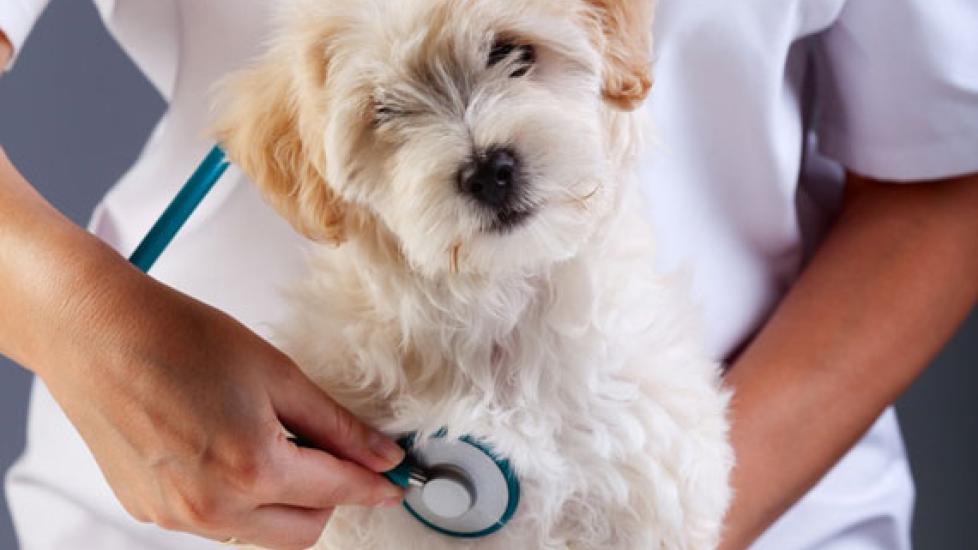Is Dirty Veterinary Gear a Potential Health Risk?
I have a confession to make. I can’t remember the last time I cleaned my stethoscope. I just took a close look at it and it’s pretty gross. I don’t think a client would notice since the chest piece is usually hidden under my hand or buried under a patient’s fur, but as soon as I’m done here I’m going to go take care of it.
This is more than a matter of professional pride. Since stethoscopes are used on many patients throughout the day, they have the potential to spread bacteria and other potentially pathogenic microorganisms from one individual to the next. Research has shown this to be a potential problem in human medicine (something to think of the next time you visit the doctor, eh?), but until recently no study had looked at what might be growing on a typical veterinarian’s stethoscope and what effect cleaning with isopropyl alcohol would have.
In the first phase of this study, scientists obtained bacterial cultures from ten stethoscopes once a week for three weeks. In phase two, the stethoscopes were cleaned once a day with 70% isopropyl alcohol, and once a week (again for three weeks) they were cultured immediately before and after a cleaning.
Analysis revealed the presence of lots of bacteria. The cultures were positive 67 percent of the time in phase one, and while isopropyl alcohol was very effective at killing bacteria on the stethoscopes (none were contaminated immediately after cleaning) in phase two of the study, 60 percent of the time bacteria were once again present before cleaning. “Normal skin flora, agents of opportunistic infections, and potential pathogens” were all identified, including Bacillus, Staphylococcus intermedius, Escherichia coli, and Enterococcus faecium.
For most veterinary patients these finding are no big deal. Healthy animals come in contact with these bacteria all the time and do not become sick. I’m most concerned about those individuals who are at high risk for infection, specifically any patient who:
- is undergoing chemotherapy
- has had a splenectomy (the spleen removed)
- is recovering from a major illness, injury, or surgery
- is very young or very old
If you are the owner of such an animal, it is not unreasonable to ask your veterinarian to clean their stethoscope with some isopropyl alcohol immediately before using it on your pet. It takes just a couple of seconds.
Bacterial contamination of stethoscopes is just one potential source of nosocomial infections — infections that are acquired in healthcare facilities. I’m afraid that many veterinarians and veterinary staff are not terribly vigilant when it comes to washing hands between patients and doing the other things necessary to prevent nosocomial infections. I think this is true for two reasons:
- During a typically busy day in practice, it’s easy to think that we don’t have time to wash our hands, clean our stethoscopes, etc.
- We have a high tolerance for the “ick” factor … a prerequisite for the job.
But there really is no excuse for failing to maintain the highest standards of cleanliness in veterinary practice. Our pets’ health depends on it.

Dr. Jennifer Coates
Image: Ilike / Shutterstock
